|
I recently put together a quick lens test for a cell phone commercial. I was looking for a clean set of lenses, that also had good close focus. I was looking to avoid a zoom because most of the commercial was handheld, and good range zooms tend to be heavy, and so primes were the preferred option. Dan, over at East Side Camera was kind enough to let me try out some of their higher end glass. We compared Cooke, Leica, Master Primes, Cine Alta, and Zeiss. The main purpose of this test is to see what the subtle differences in higher end glass really is. The secondary purpose of the test was to see how well the Sony CineAlta lenses held up to some much more expensive and well known brands of lenses. This test was shot on an Arri Alexa mini in UHD, the final commercial was shot on the Arri Amira. A couple of years ago I put together a little lens test consisting of 13 sets of prime lenses. What I wanted to find out was, what are the differences between lenses in a purely image resolving way. You always hear about differences in lenses, and one might have a certain kind of look or feel, and they're often described like a fine wine, with descriptors that don't always make sense. The purpose of this test is really to see the differences between lenses, the look from one set to another. This was hardly a scientific test, or in optimal conditions. We shot inside Old School Camera in Burbank, CA. I want to thank Old School Camera for helping with this test, these were all of the lenses they had in house on this particular day. Ultimately I would have love to have tried different lighting and environments, but this test still gets the results across. We shot all of the lenses wide open, to really show off their individual character and resolving power. The test was shot on a Red Dragon. I've separated the Spherical and Anamorphics, as they're two very different looking categories of lenses. Spherical Lenses Super Baltar18mm - does not cover 6K on Red Dragon 25mm - does not cover 6K on Red Dragon 35mm - does not cover 6K on Red Dragon 50mm 75mm 100mm - flatter and duller color The set has a non uniform lens size. The 35mm, 50mm, and 75mm are the best of the set Canon K35 18mm f/2.8 - Does not cover 6K on Red Dragon, neutral color, very small body 24mm f/1.6 - Does not cover 6K on Red Dragon, neutral color with slight blue shift 35mm f/1.4 - very sharp lens 55mm f/1.4 - minimal breathing 85mm f/1.4 135mm f/2 Vintage body style on the set Overall a great set, great look. Generally expensive to rent. Cooke s2 16mm - Does not cover 6K on Red Dragon, very small body 24mm - Does not cover 6K on Red Dragon, this lens had some play in the focus 32mm - Does not cover 6K on Red Dragon, a medium level of sharpnes 50mm - very pleasing look 85mm - Sharp, slighting warm, very pleasing look 100mm - very pleasing look Cooke s3 18mm - Does not cover 6K on Red Dragon, blue vignette, focus falls off at edge 25mm f/2.2 - Does not cover 6K on Red Dragon, Blue Vignette 32mm f/2.3 - Does not cover 6K on Red Dragon 40mm f/2.3 - Slightly warm color tone, darkening at edge of frame 50mm f/2.3 - medium warm color tone 75mm f/2.3 - little cooler, fairly sharp 100mm f/2.8 - little cooler, very sharp The 50mm and 75mm are very different then the rest of the set Kowa Prominar 15mm f/4 - ugly flairs, does not cover 6K 20mm f/2.6 - very soft, does not cover 6K 25mm f/2.3 - major halation, does not cover 6K 32mm f/2.3 -slight vignette and slight blue shift 40mm f/2.3 - bit soft, slight vingnette 50mm f/2.3-1st ok lens of the set, slightly blue, acceptably sharp 75mm f/2.3 - 100mm f/2.3 - acceptable sharpness The 50mm, 75mm and 100mm all cover 6K on the Red Dragon. The set as a whole had a fairly similar color uniformity. Only 250 sets ever made arri master primes 16mm f/1.3 - slight vignette at 6K, slightly soft 18mm f/1.3 - slight vignette at 6K, slightly soft 21mm f/1.3 - slight vignette at 6K, very very sharp 27mm f/1.3 - slight vignette at 6K 32mm f/1.3 100mm f/1.3 135mm f/1.3 Very Modern and clinical look. Bodies on these are very large and heavy. zero breathing in focusing. The coating on the lenses reduces lens flairs significantly. Did not have a full set to test* Cooke mini s/4 (uncoated) 18mm f/2.8 - slight vignette at 6K, very unpleasing flair 25mm f/2.8 32mm f/2.8 - slight vignette, very sharp and vibrant colors 50mm f/2.8 - just as sharp as master primes 75mm f/2.8 100mm f/2.8 These differ from typical mini s/4 lenses in that the coating was removed from the lenses, so they're more likely to flair. red pro primes 18mm f/1.8 - Does not cover 6K on red Dragon 25mm f/1.8 - slight vignette at 6K, flair is neutral, semi-subdued 35mm f/1.8 - slight vignette at 6K 50mm f/1.8 85mm f/1.8 100mm f/1.8 Larger body size on this set. As sharp as master primes without the color characteristics. Undervalued set. Zeiss super speeds 18mm f/1.3 - does not cover 6K on Red Dragon 25mm f/1.3 - Does not cover 6K on Red Dragon 35mm f/1.3 50mm f/1.3 85mm f/1.3 Overall this set is very neutral colors. Very sharp lenses, has held up well over time. The tone can be a bit flat or even muddy blending the image together. Anamorphic Lenses Cineovision 35mm f/1.6 50mm f/1.6 - very wide distortion 85mm Cooke s/2 anamorphic 40mm f/2.3 - Huge front element, medium amount of sharpness 50mm - Sharper then the 40mm but the flair isn't as pleasing 75mm - warmer lens, hints of brown in the image, 1/4 stop darker at the same stop, a lot of breathing in the focus 100mm f/2.8 -not sharp at all Lomo anamorphics - Square front 50mm f/2.8 - medium amount of breathing in focus, not very sharp at f/2.8 75mm - not sharp 100mm f/2.3 -slightly sharper then the 50mm 150mm f/3.8 - Signs on halation, soft lens, chromatic aberration todd ao 28mm f/2 - High edge distortion
Complete sets might be hard to find, we only had the single lens to check out Recently I teamed up with my friend and fellow cinematographer Derek Cohan to test out the new Helium sensor by Red Digital Cinema. The new sensor is in the Red Weapon and Epic-W camera bodies. We put the Helium up against the Dragon sensor side by side to see what differences we could spot. All of the tests were shot with the same lenses, the Sigma Art 50-100 zooms. To light we used a 500w china ball and a Lightmat 4. We used both the Low Light and skin tone optical low pass filters. The Helium was shot at 8K full frame and the Dragon was shot at 6K full frame. Both of these cameras were shot with with older color science Red Gamma 4 and Dragon Color 2. I expect more impressive results with the new IPP2 color science and workflow. In the following images the Helium sensor is on the top and the Dragon is below. What did this show us? The first thing I noticed was just how similar these two sensors really are. The differences are there but very subtle.
The Helium appears to be a little more saturated then the Dragon sensor. It also appears that the Helium comes across with a slight green tint. Sharpness is also a little more apparent in the Helium coming down from 8K, but almost identical when down sampled to 2k. The Dragon held up really well but fell short with it's signal to noise ratio. The Helium is just so clean in it's noise. I really think that these two cameras could be cut side by side on most projects. A difference in lenses would be more apparent then a difference between these two looks. I will mention that the Helium will hold up it's image longer, when shooting in a low light environment or for visual effects work. |
AuthorWill Turner is Cinematographer working in Los Angeles. Archives
June 2019
Categories
|
© WILL TURNER 2022

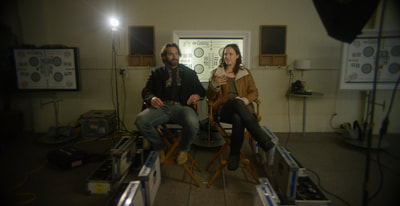
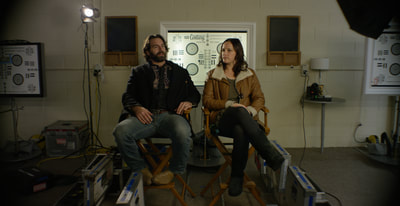
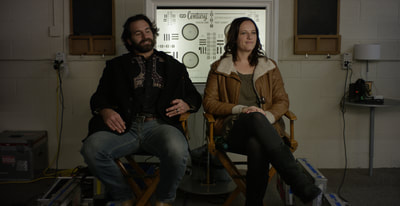
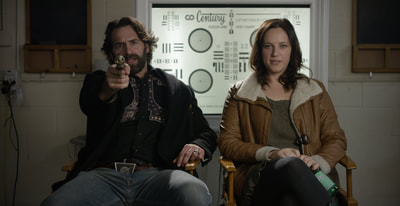

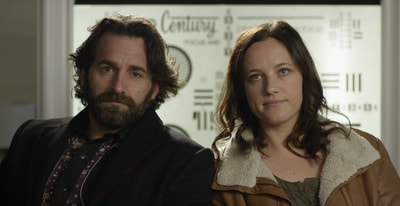


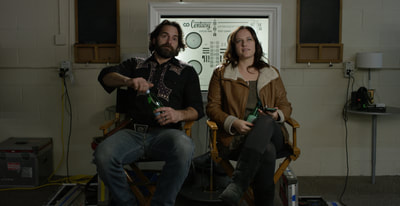


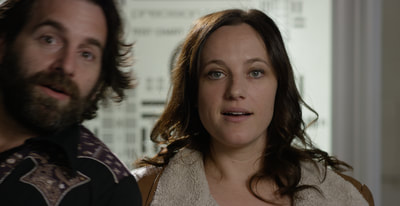

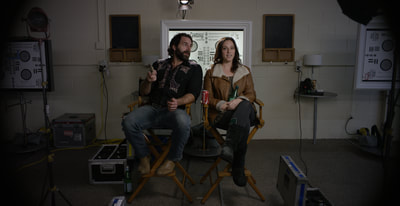



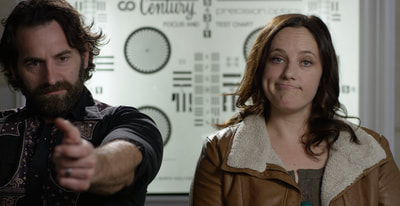
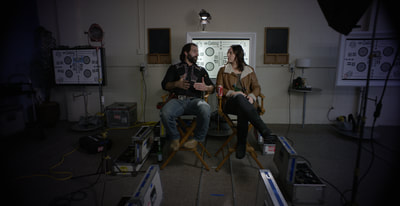
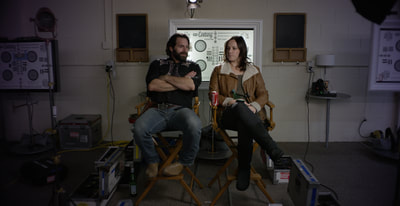

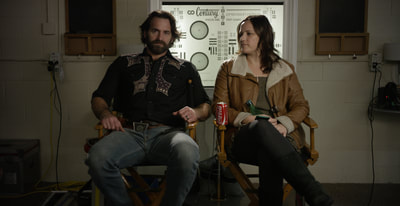
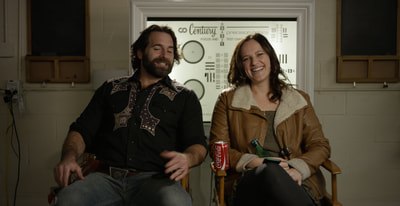



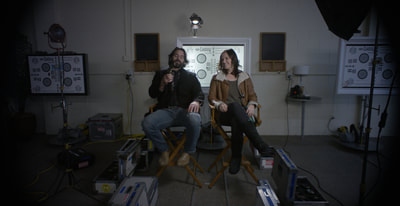
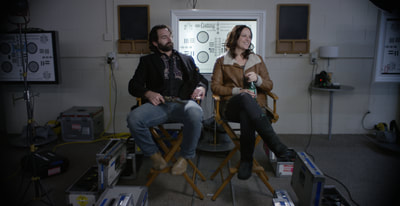
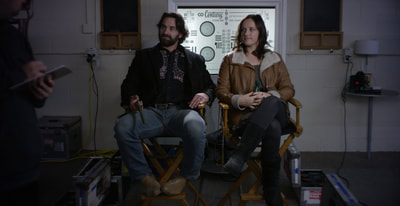

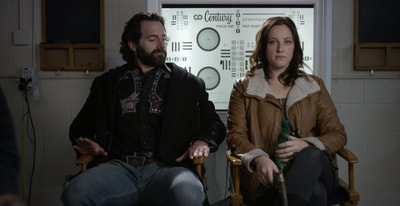

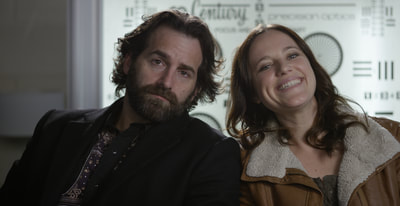
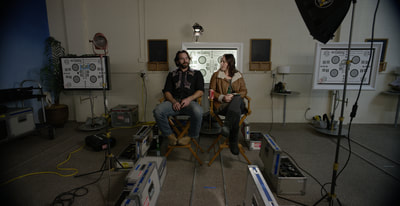


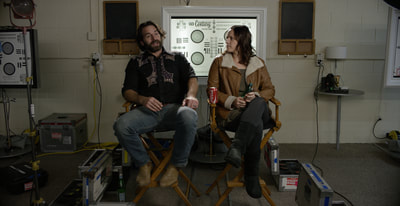


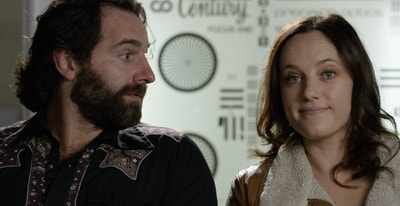
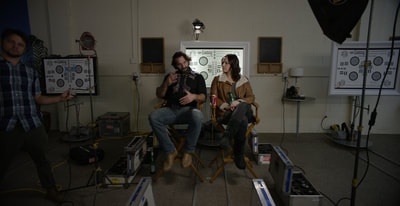
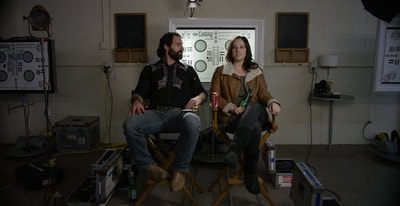




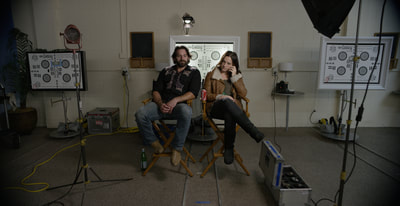
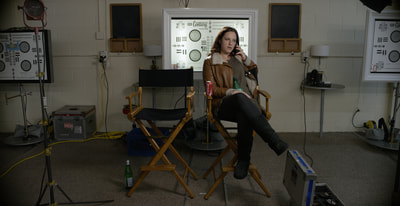
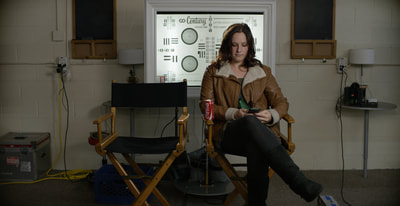
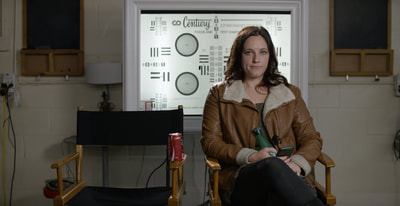
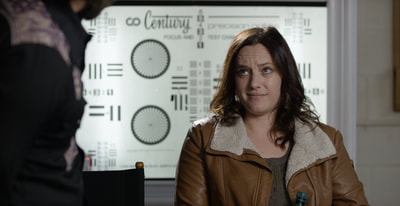









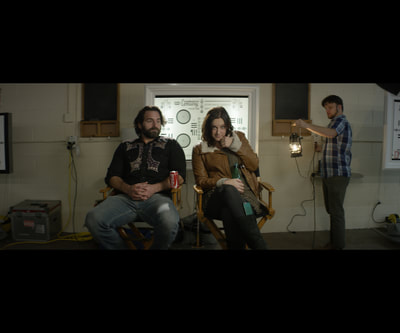

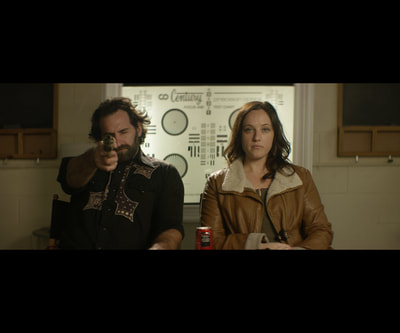


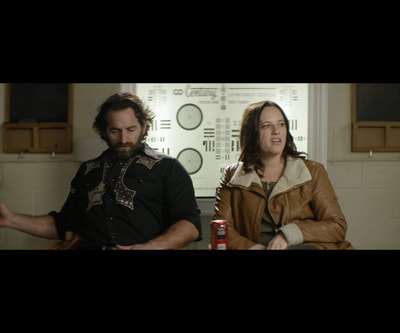

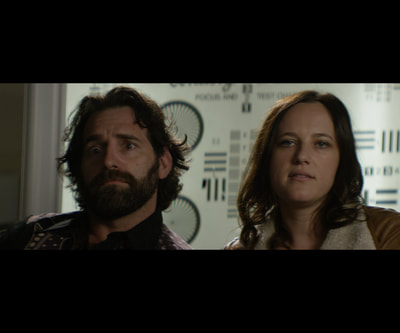
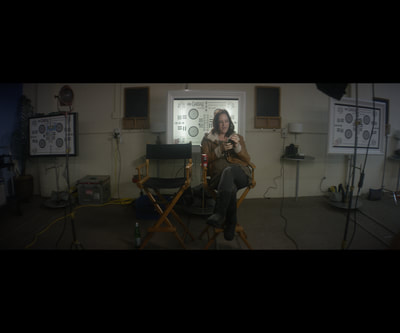
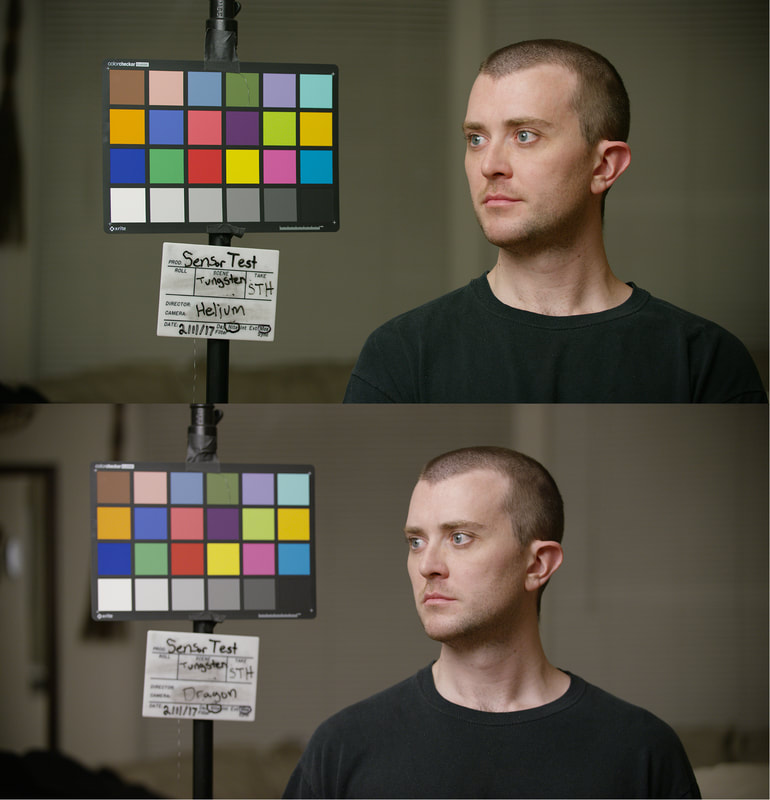
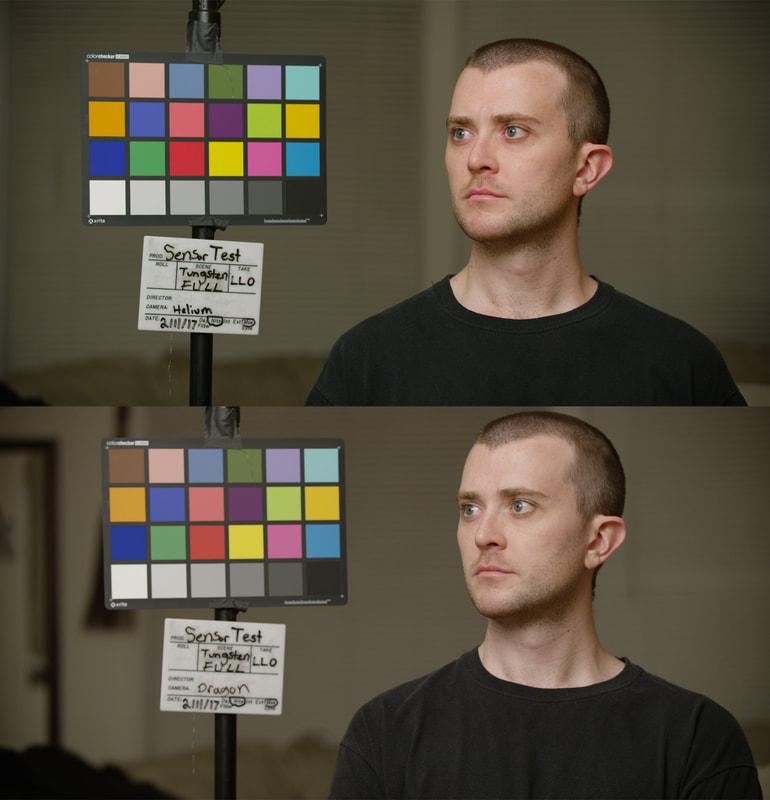
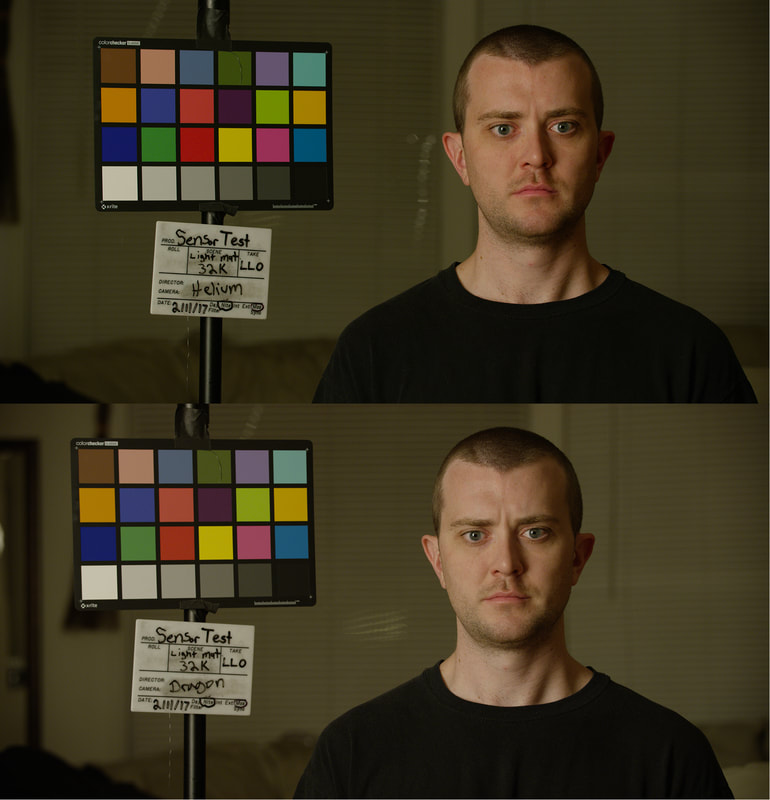
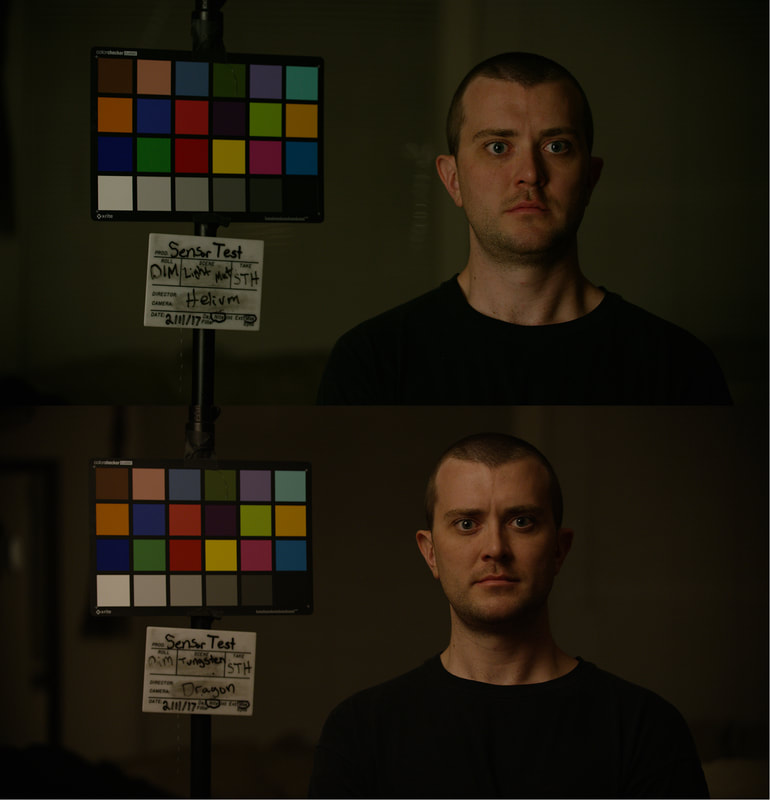
 RSS Feed
RSS Feed